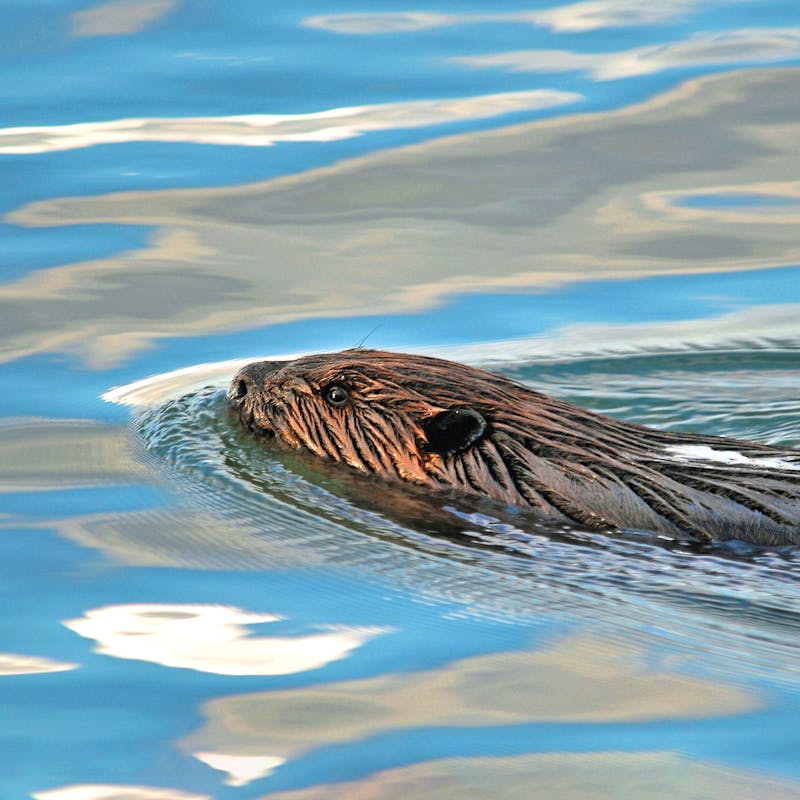The North American Rocky Mountains are often referred to as the spine of the continent.
Ranging from Alaska to Mexico, much of this impressive landscape is under public ownership, managed by federal and state agencies. Elevations range from high mountain peaks to low river bottoms, and that range contributes to the diversity of habitats found here: coniferous forests, subalpine meadows, grasslands, sagebrush and thousands of miles of streams and rivers.
This highest region of North America contains expansive forests which provide essential wildlife habitat to many species. The headwaters for the continent’s major river systems are also found here. This landscape is home to one of the highest concentrations of large native mammal species in the continent, including many of North America’s most iconic species, such as grizzly bears, elk, mule deer, mountain caribou, gray wolves, lynx, and wolverines.
Properly managed, the region’s wild lands offer excellent potential to restore species to areas where they once lived but were wiped out in the 1900s, including imperiled wolverines and gray wolves to the southern Rockies of Colorado.
The Rockies are quickly becoming an even more popular place to visit and live. Human development is filling prime valley bottom wildlife habitat and the places where our towns border wildlands are primary sources of conflict between people and wildlife. Oil and gas drilling destroys habitat and disturbs wildlife, and motorized recreation is booming. Wildlife must now navigate neighborhoods, highways, livestock and people as they spread across the landscape.
The diversion and over-allocation of water for development, agriculture and energy production severely impacts the region as well, affecting riverine habitats. Coupled with climate change, declining stream flows and warming waters are threatening the survival of cold water-loving species such as native trout. Higher habitats are changing with the changing climate and species that depend on significant amounts of snow are finding reliable snowpack harder to find.
Defenders has been fighting for Endangered Species Act listings for species like the Canada lynx, wolverine, fisher and yellow-billed cuckoo that all rely on the Rocky Mountain habitat to survive. We advocate for ESA protection when necessary to protect rare and declining species and assist agencies in developing recovery plans and putting them into action to help recover species to the point where they no longer need this level of protection.
Defenders’ Forests for Wildlife Initiative works to ensure that national forest lands are managed to conserve, connect and recover imperiled species and their habitats. Defenders frequently reviews and provides input on national forest land use and management plans to make sure that they go far enough in protecting, recovering and monitoring the status of at-risk wildlife.
We also work with wildlife managers, livestock producers, landowners, and communities to implement nonlethal tools that reduce conflicts and safeguard personal property. This increases human acceptance of the presence of wildlife on these lands. Electric and traditional fencing, livestock guard dogs, range riders, fladry, and aversive conditioning can all be effective tools to minimize livestock losses and property damage from wolves, grizzlies, bison, beaver and more.







